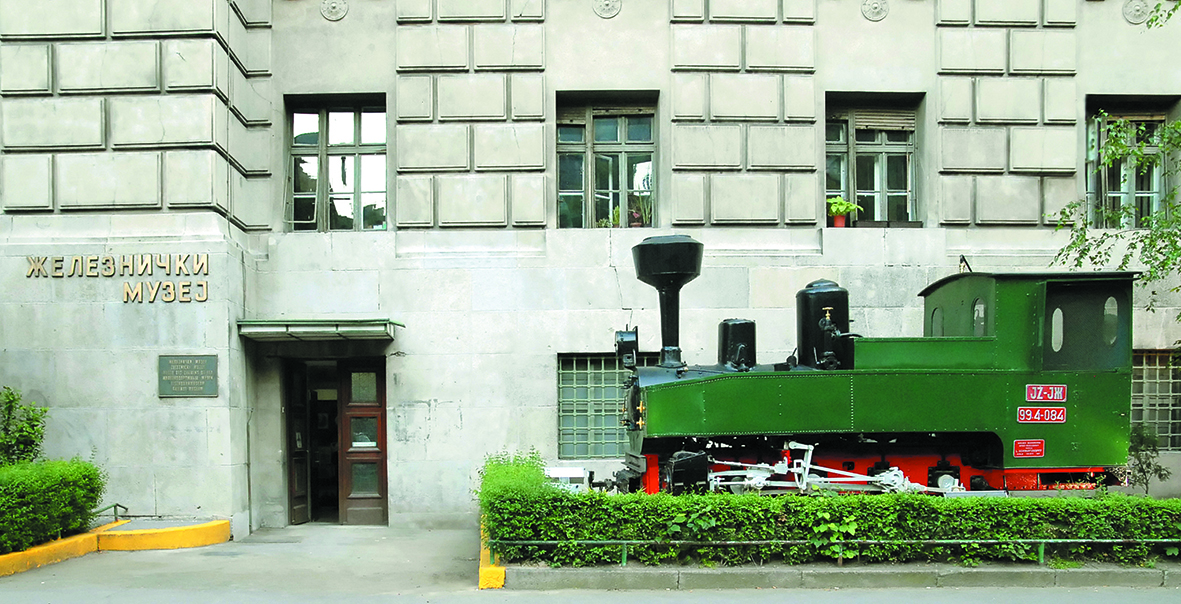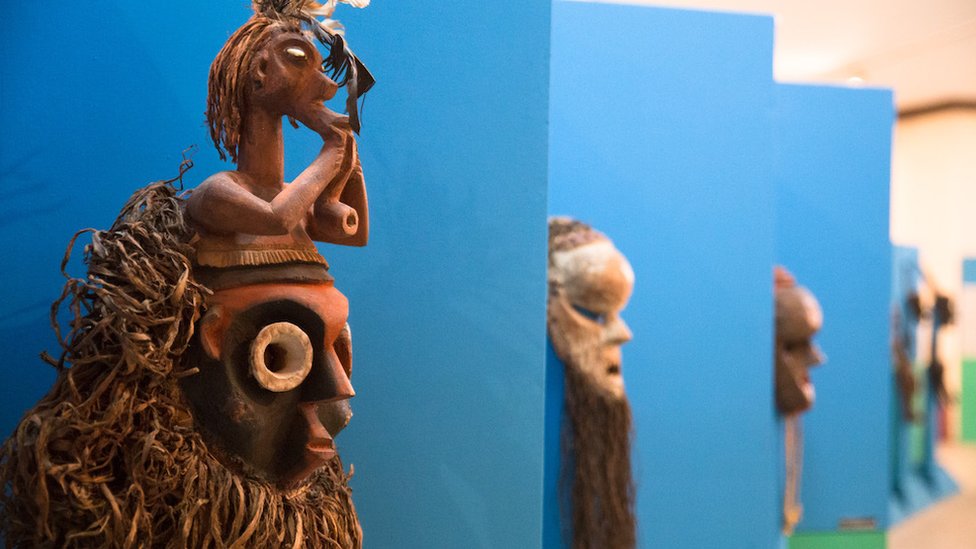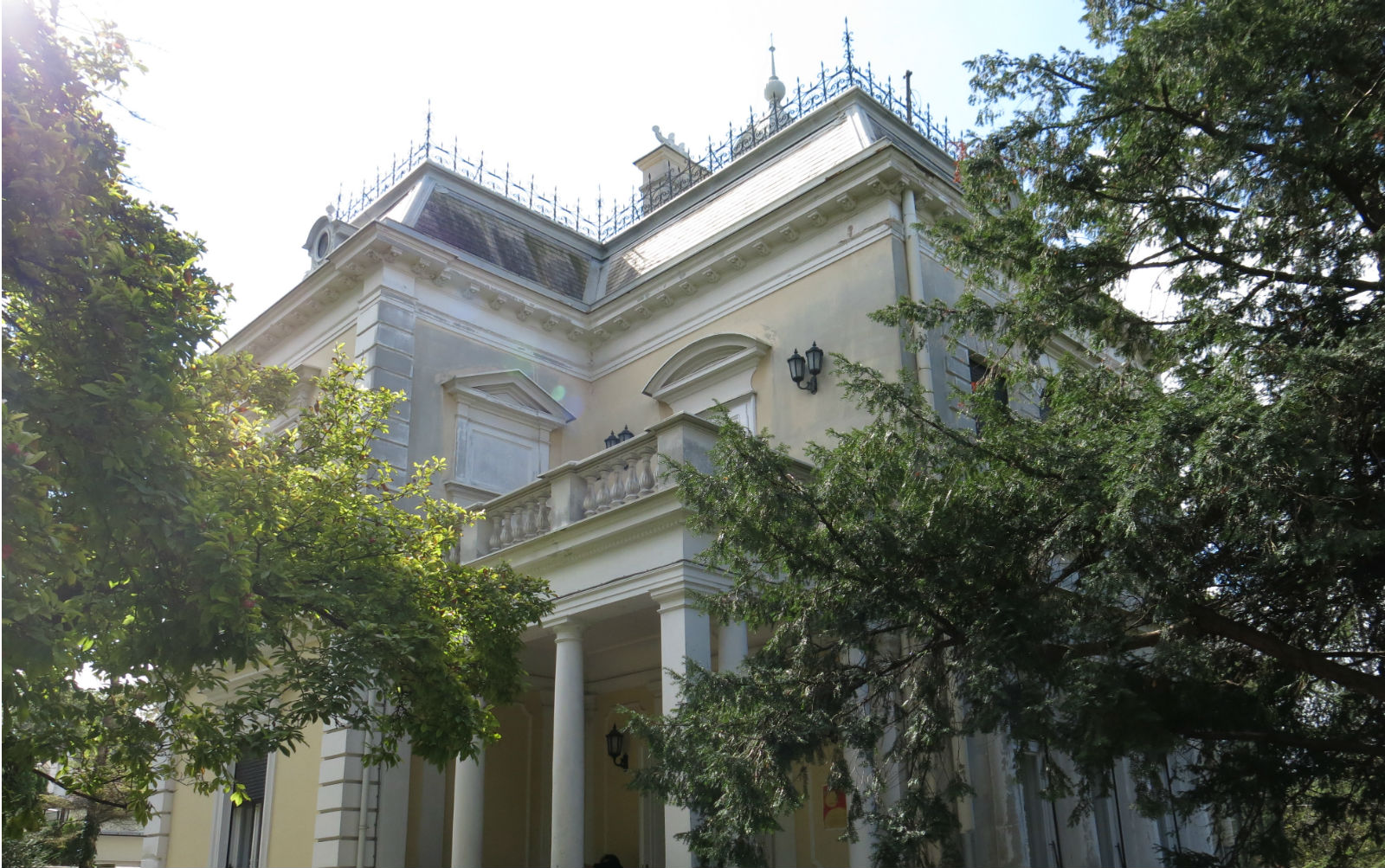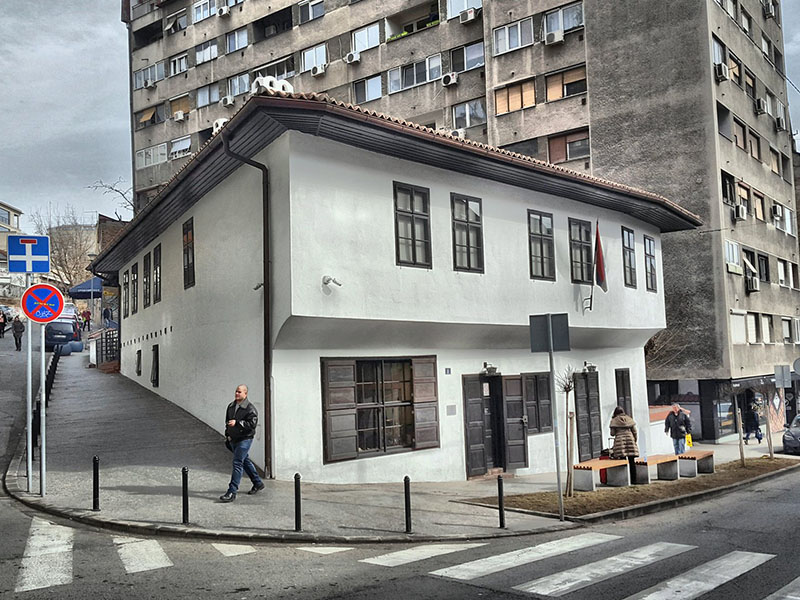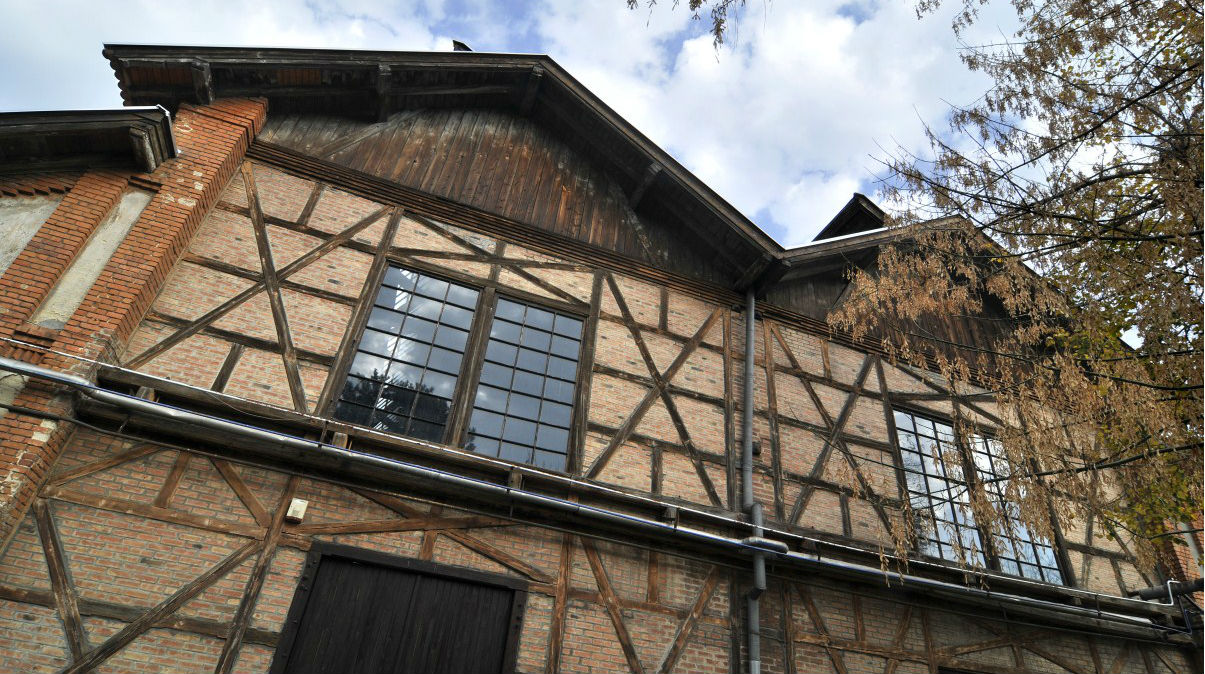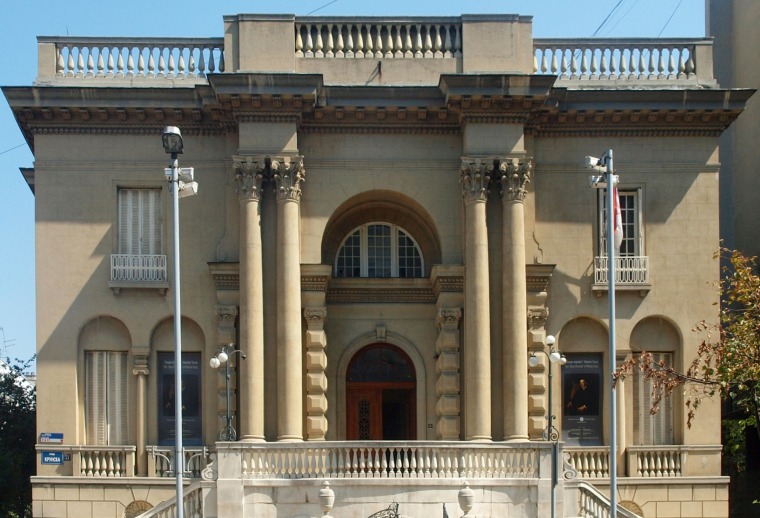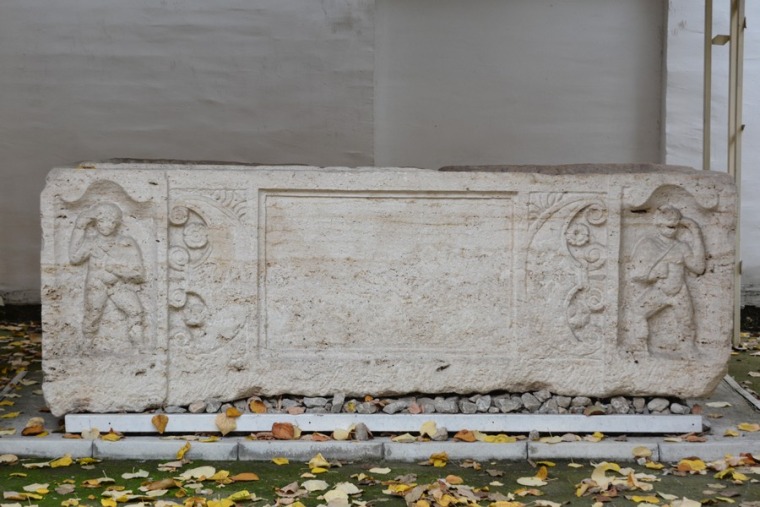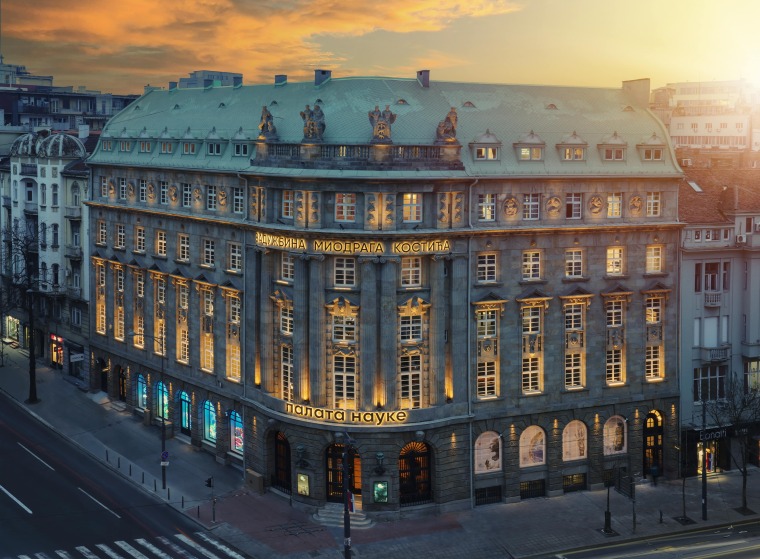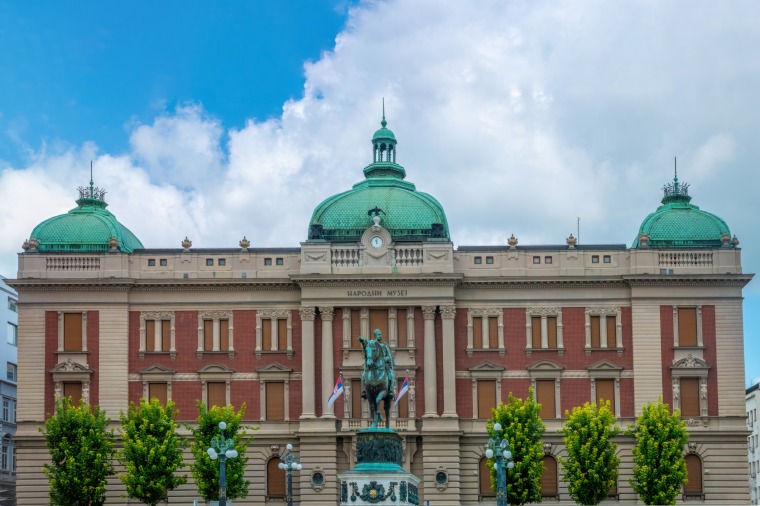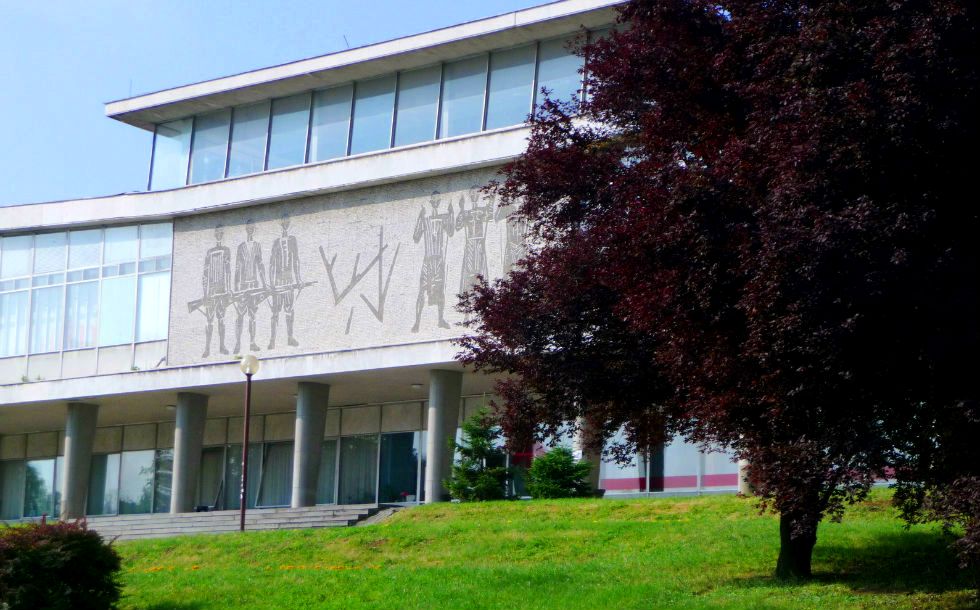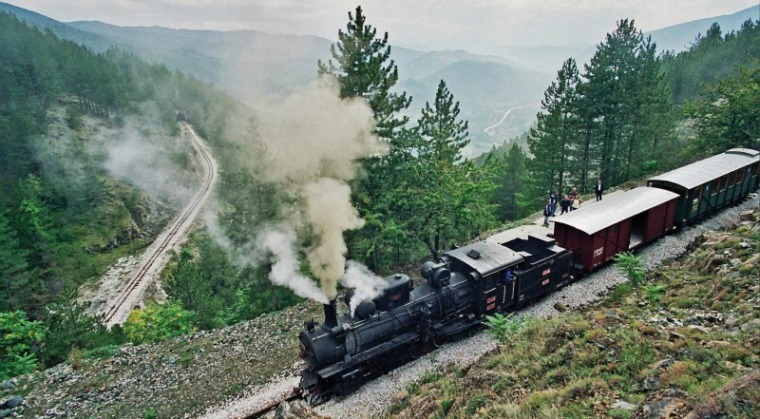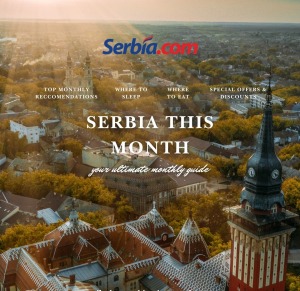Cult of personality and the époque of Marshal Josip Broz Tito, lifetime president of the Social Federative Republic of Yugoslavia, still live in a unique complex of the Museum of Yugoslav History, visited by more than 15 million people during three decades of its existence.
Fateful Yugonostalgics and those who are not, visit the Museum of Yugoslav History with a single wish to revive the story about the country that doesn’t exist anymore, about a time of specific social and cultural atmosphere, about Josip Broz Tito, one of the most significant personalities of its time.
Soldier in both World Wars, revolutionary and statesman, commander in chief and lifetime president of Yugoslavia, bon vivant and playboy, Tito became the cult personality during his lifetime. Visitors can discover his significance and reputation in the world through the richness of the museum treasury that puts the Museum of Yugoslav History among the most significant institutions of this type in Serbia. Over 200,000 items of exceptional value are distributed in 23 museum collections.
Tito’s birthday – Youth Day
Each year on Tito’s birthday on May 25th, massive youth relays were organized across Yugoslavia as a part of the ceremonial celebration of the Youth Day. Some of the batons represent true masterpieces made by some of the top artists of that time, and they were presented to Tito at the culminating celebration in the stadium of the Yugoslav People’s Army in Belgrade.
The Museum of Yugoslav History is located at the place with an outstanding panoramic view on Belgrade, surrounded with lush greenery of the park with cascading complex of trails, stairs and vast plateaus. The complex includes the Museum “May 25th”, the Old Museum and the House of Flowers.
Today the Museum “May 25th” is the entrance and exit building of the complex, and it was built as a present of the city of Belgrade for Tito’s 70th birthday. The Old Museum originally was a place where numerous presents that Tito received in the country and abroad would be treasured and exhibited. The House of Flowers was built in 1975 as a winter garden with work and leisure space in the central part of the complex. How dear to his heart this house was, is best testified by the fact that in accordance to his personal wish Tito was buried here.
Today visitors can see Tito’s grave covered with a massive marble panel with no other signs but carved name and party pseudonym “Tito” he was known after.

More than 200 statesmen (presidents, prime ministers, kings…) in front of 127 countries and more than 700,000 citizens attended his funeral on May 8th, 1980, at the House of Flowers. It was the first and the last time that world leaders gathered in such number in Belgrade. On that occasion they all paid the last tribute to a man whose probably the most important diplomatic achievement was the founding of the Non-Aligned movement, a block that gathered and protected “little” countries in the world that was facing the high rivalry between the East and the West.
For three decades since the House of Flowers was opened for public, Tito’s grave has been visited by more than 15 million people. Besides Tito’s grave, visitors of the Museum of Yugoslav History can also see 3 permanent exhibitions: Batons collection and the room of remembrance in the House of Flowers and the permanent exhibition in the Old Museum.
The collection of batons represents a truly original museum phenomenon that consists of 22,000 “youth batons”. The batons were used to convey birthday greetings to Tito along with wishes for a long life and good health at special monumental manifestations. The relays continued even after Marshal’s death until 1987.
In the room of remembrance visitors can see the carved desk, the present of the Macedonian delegation, as well as the portrait of Josip Broz Tito from 1974. This is where a part of Tito’s rich library, including some exceptionally significant works, is exhibited.
The permanent exhibit of the Old Museum includes the collection of presents that Josip Broz Tito received for his birthday or at his numerous trips across the country and abroad. The exhibit consists of two parts: items from the Yugoslav territory and presents of foreign delegations, statesmen and officials. The piece of Moon’s surface that the members of Apolo 11 gave to Tito when they visited Belgrade in 1969, surely stands out among these items.

From time to time thematic exhibitions are organized, presenting other segments of this vast museum treasury that includes among others the collection of applied arts, collections of old weapons, decorations, ethnographic, archeological, numismatic, philatelic, nature, art, technical collection and many more.
Visits
The Museum is located in Belgrade in Dedinje, Botićeva Street, number 6. One can get to the museum by public transportation or by car. Visitors can get here by trolleybus number 40 (from Zvezdara) and 41 (from the city center), as well as by bus number 94 (from New Belgrade). If you’re coming by car, there is a free of charge parking lot in front of the Museum. The shortest way to the Museum takes from the center of Belgrade, via Kneza Miloša Street, from there the way continues along Vojvode Putnika Boulevard, than you need to turn left into Kneza Aleksandra Karadjordjevića Boulevard and after 600 meters you have arrived in front of the Museum.
The Museum is open for visitors every day except Mondays, from 10 am till 6 pm. The price of the ticket is 600 RSD, the ticket for students and pupils is 300 RSD and for children under the age of 10 is free.
Related Articles
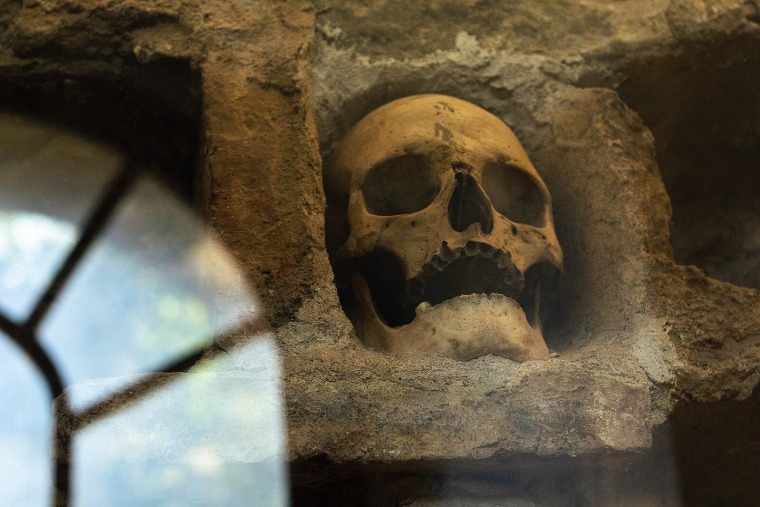
Inside Ćele Kula: The Largest Skull Tower in the World
February 28, 2025


